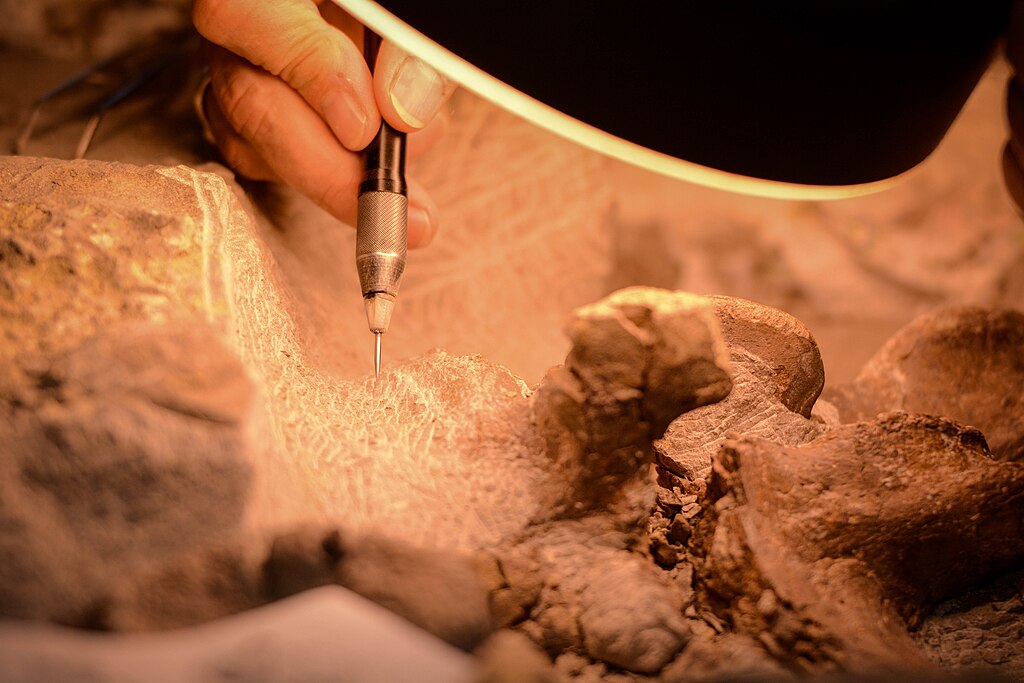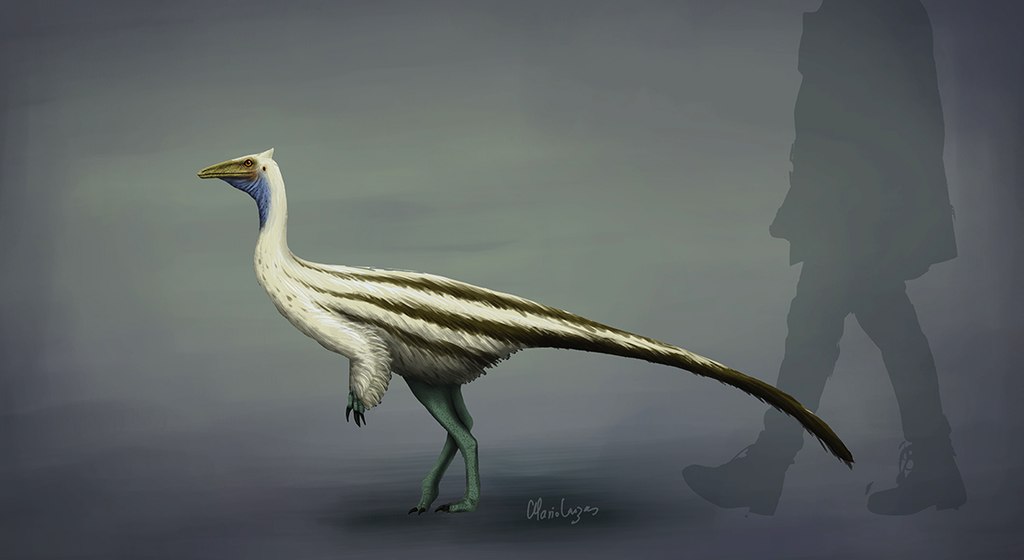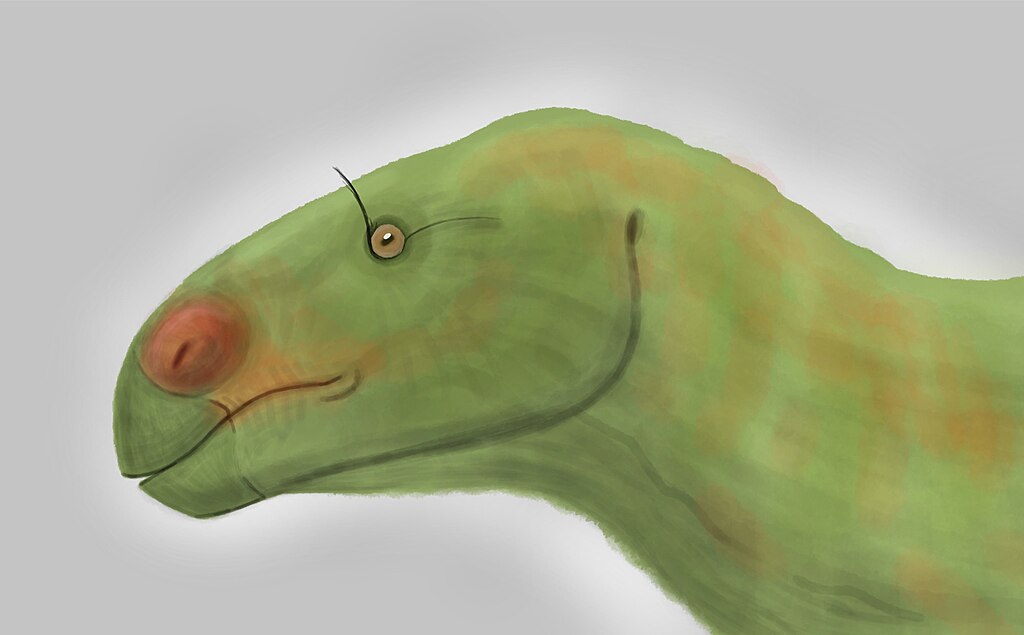Picture this: you’re frozen mid-step, your expression captured forever while reaching for something just out of grasp. That’s exactly what happened to countless creatures millions of years ago, except instead of a photograph, they became fossils. These remarkable snapshots from deep time don’t just show us what ancient animals looked like – they reveal their most intimate moments, their final seconds, and their desperate struggles for survival.
The Fighting Dinosaurs of Mongolia
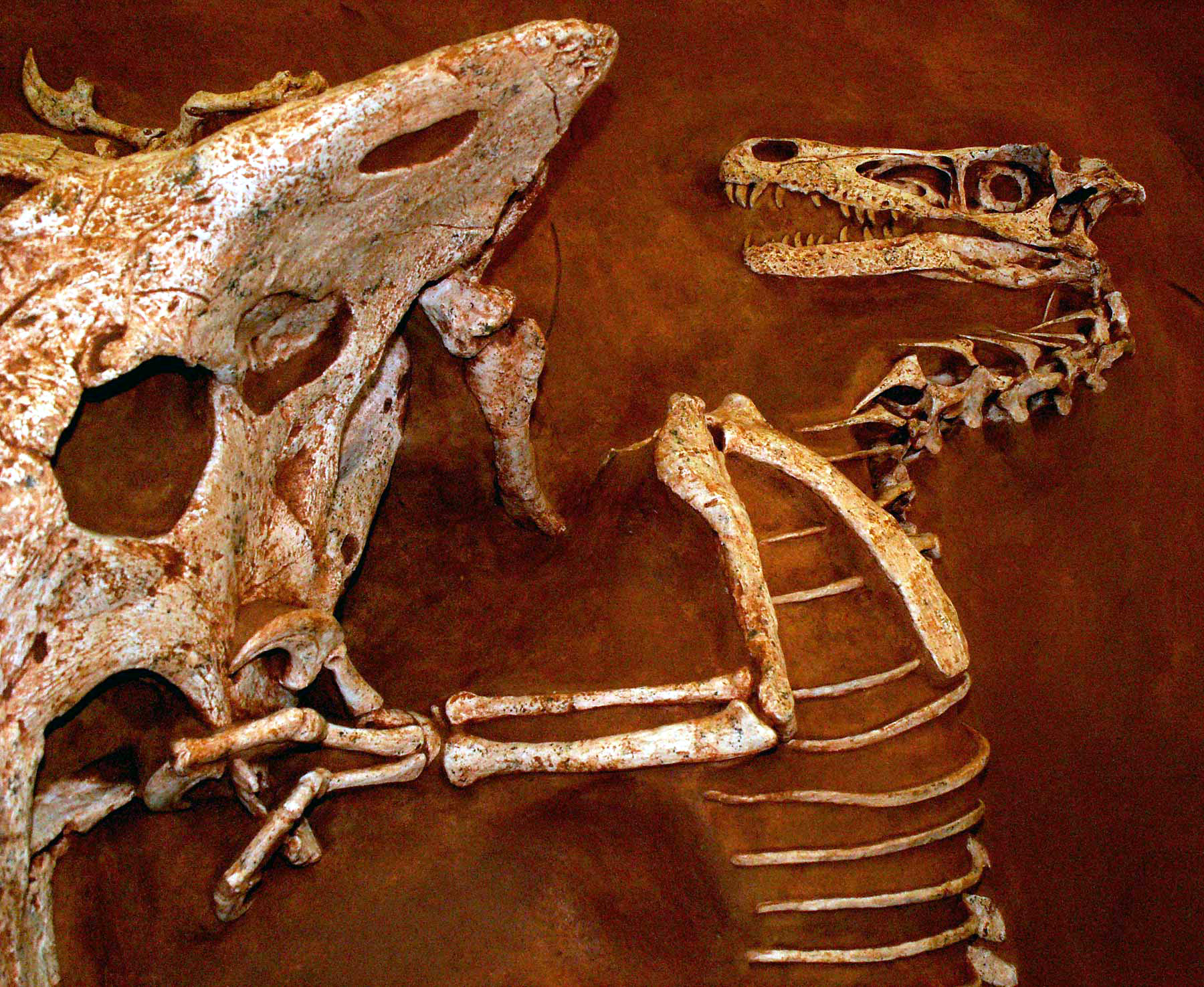
In the windswept Gobi Desert of Mongolia, paleontologists discovered what might be the most dramatic fossil ever found. A Velociraptor and Protoceratops locked in eternal combat, their bodies intertwined in a deadly embrace that lasted 80 million years. The raptor’s sickle claw is buried deep in the herbivore’s throat, while the plant-eater’s powerful beak has clamped down on the predator’s arm like a vice. Scientists believe a sudden sandstorm buried both animals alive during their fierce battle. This fossil tells a story more gripping than any Hollywood blockbuster, showing us that prehistoric life was filled with the same life-and-death struggles we see in nature today.
The Devonian Fish Giving Birth
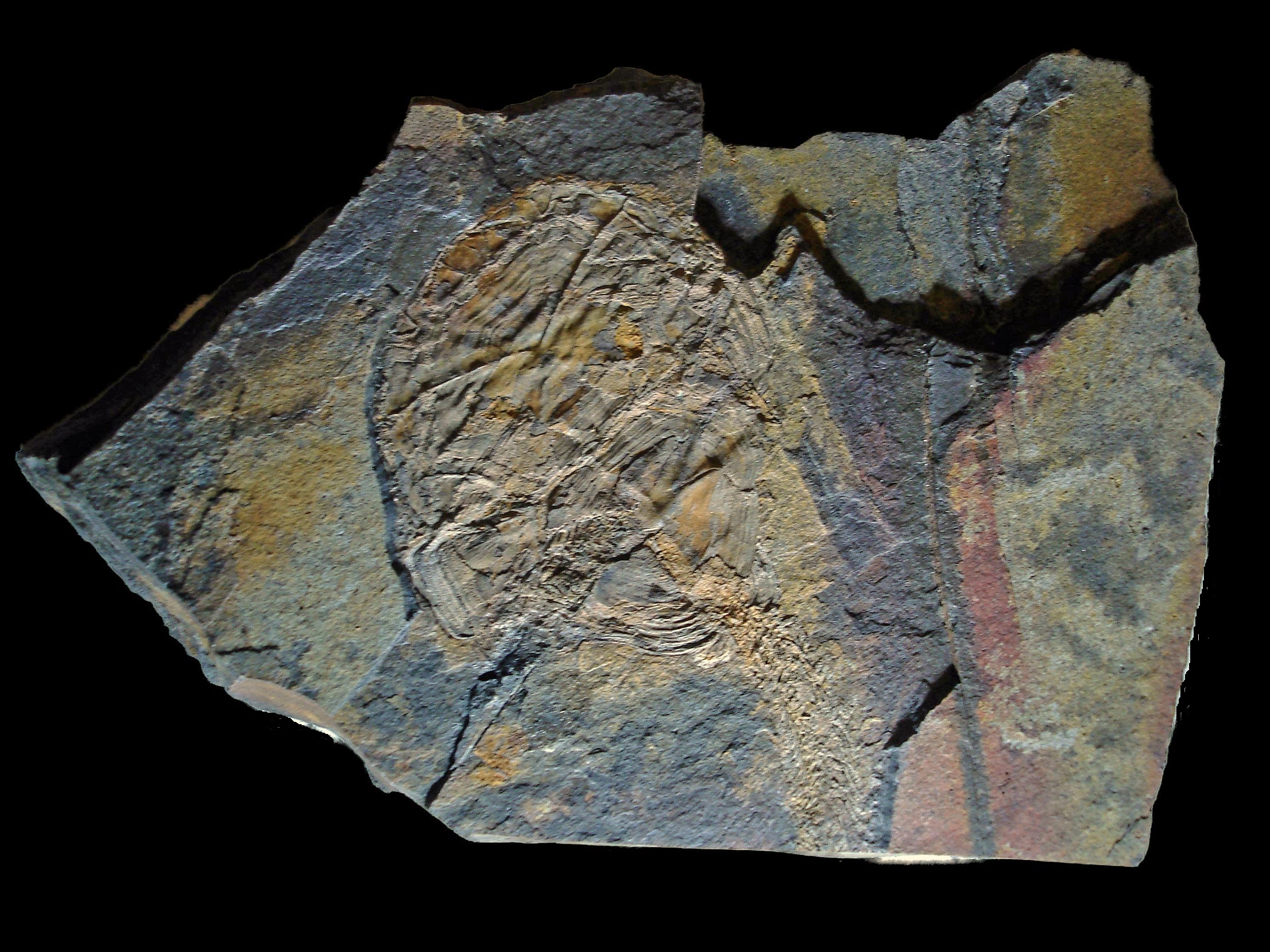
Imagine being a fish about to give birth 380 million years ago, only to become fossilized at that exact moment. That’s precisely what happened to a placoderm fish found in Australia’s Gogo Formation. The mother fish contains a perfectly preserved embryo connected by an umbilical cord, making it the oldest evidence of live birth in vertebrates. This discovery shocked scientists because they thought all ancient fish laid eggs like modern sharks and rays. The fossil shows the baby fish positioned head-first, ready to enter the world just like human babies. It’s a tender moment frozen in stone that connects us to our most ancient ancestors in ways we never expected.
Maiasaura Nest with Caring Parent
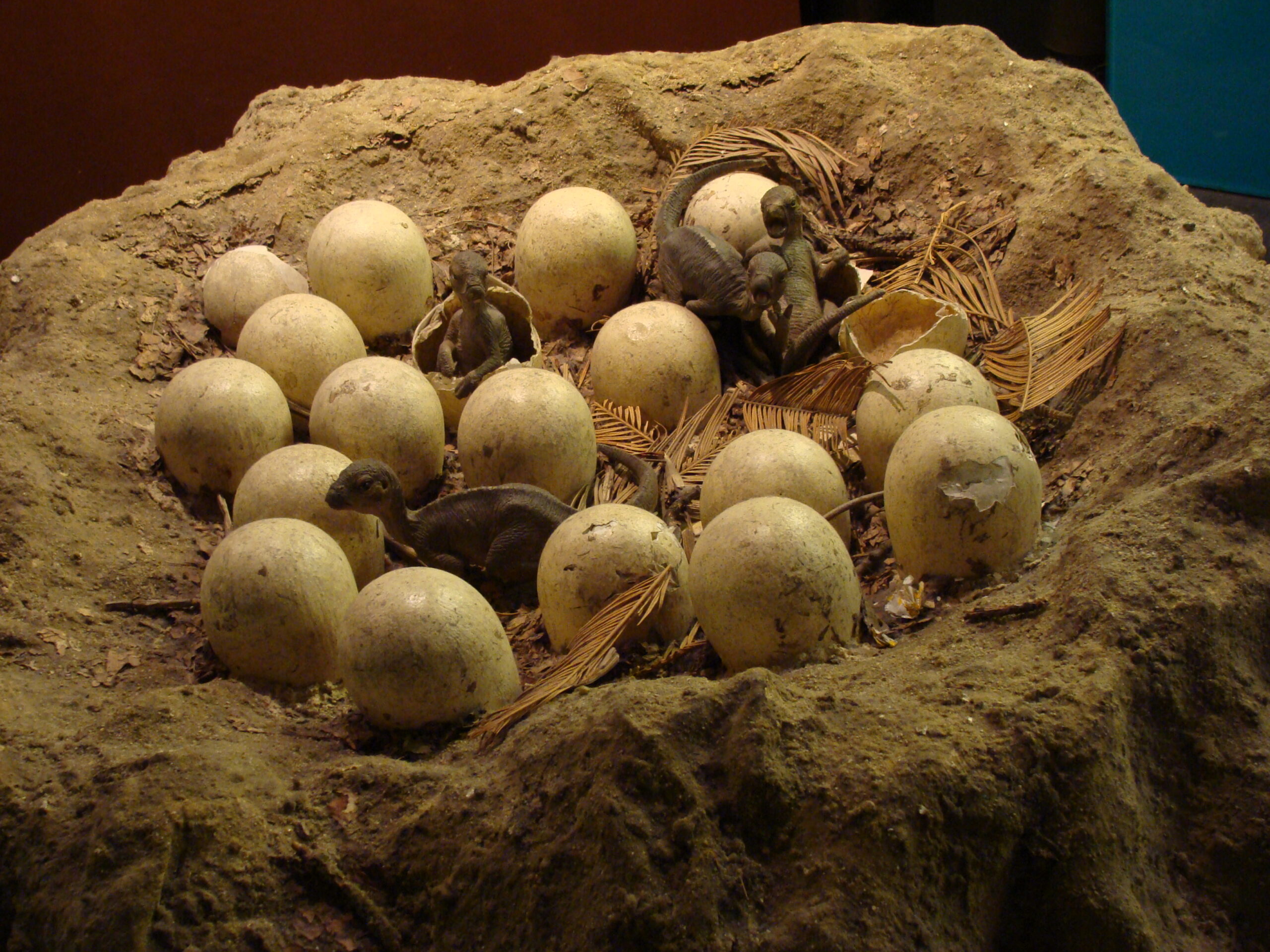
Long before we knew dinosaurs could be good parents, a fossil from Montana changed everything. A Maiasaura mother was found positioned protectively over her nest of eggs and newly hatched babies, her body curved around them like a shield. The babies show different stages of development, suggesting the mother stayed with her young for weeks after hatching, bringing them food and protection. This discovery revolutionized our understanding of dinosaur behavior, proving they weren’t just mindless monsters but caring parents. The fossil captures a moment of tenderness that resonates with anyone who’s ever watched a mother bird protect her chicks. It’s evidence that parental love is far older than humanity itself.
The Fish Eating Another Fish

Sometimes ancient meals became immortalized in the most spectacular way. A 150-million-year-old fossil from Germany shows a large fish called Caturus with another fish, Leptolepis, still visible in its stomach and throat. But here’s the twist – the prey fish was too big to swallow completely, and both predator and prey died in the struggle. The victim’s tail still protrudes from the attacker’s mouth, creating a prehistoric case of eyes being bigger than stomach. This fossil demonstrates that the ocean food chain was just as brutal millions of years ago as it is today. It’s like finding someone who choked on their dinner, except this dinner happened during the age of dinosaurs.
Pterosaur Caught in Flight

Flying reptiles called pterosaurs ruled the skies when dinosaurs walked the earth, but catching them in the act of flight seemed impossible until recently. A beautifully preserved pterosaur from Brazil shows the creature with its wings fully extended, muscles tensed for flight, and even traces of its wing membranes still visible. Scientists can see exactly how these ancient aviators positioned their wings and bodies during flight, solving mysteries about prehistoric aviation that had puzzled researchers for decades. The fossil is so detailed that you can almost hear the whoosh of air beneath its leathery wings. It’s like having a snapshot of a dragon mid-flight, proving that such incredible creatures once soared through ancient skies.
Ichthyosaurs in Birth Canal Drama
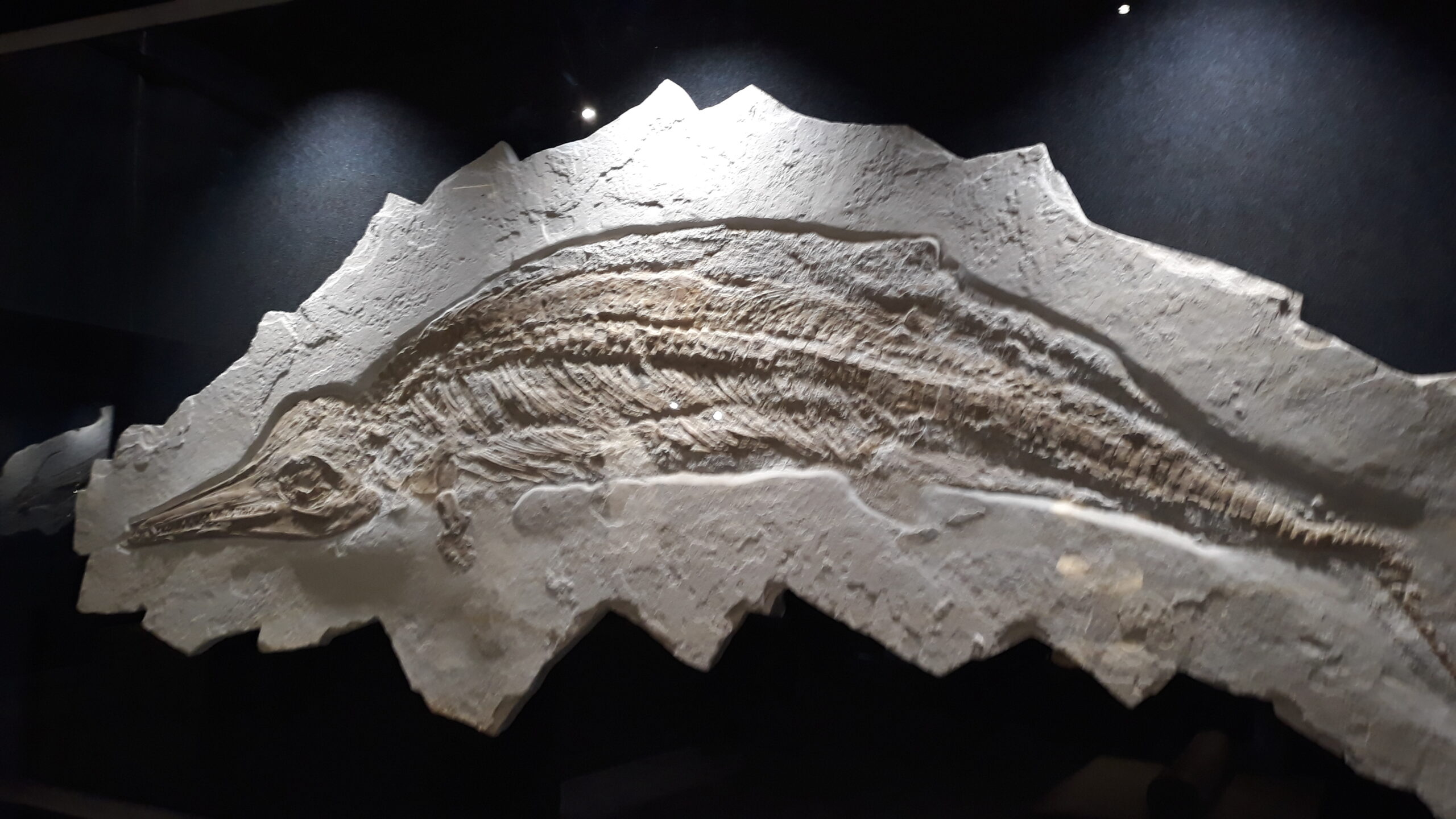
Marine reptiles called ichthyosaurs looked like dolphins but lived during the dinosaur era, and one fossil captures the most intimate moment of life – birth. A mother ichthyosaur from Germany died while giving birth, with her baby’s head and flippers already emerging from her birth canal. The positioning shows the baby was being born tail-first, which is unusual for marine mammals today but apparently normal for these ancient sea creatures. This fossil provides incredible insights into the reproductive biology of animals that lived 180 million years ago. It’s a moment that connects every mother throughout history, showing that the miracle and danger of birth transcends time itself.
The Earliest Snake with Legs Hunting

Before snakes lost their legs, they were very different creatures, and one fossil from Lebanon captures an early snake in hunting position. Eupodophis, a 95-million-year-old snake with tiny hind legs, is preserved with its mouth open and body coiled as if striking at prey. The fossil shows the exact moment when evolution was experimenting with snake body plans, capturing a creature that was neither fully lizard nor fully snake. Its small legs dangle uselessly behind its serpentine body, evolutionary leftovers that would disappear in later snake species. This snapshot of evolution in action shows us that even the most successful animal designs went through awkward teenage phases. It’s like catching evolution red-handed while it was still figuring things out.
Coprolite with Victim Inside
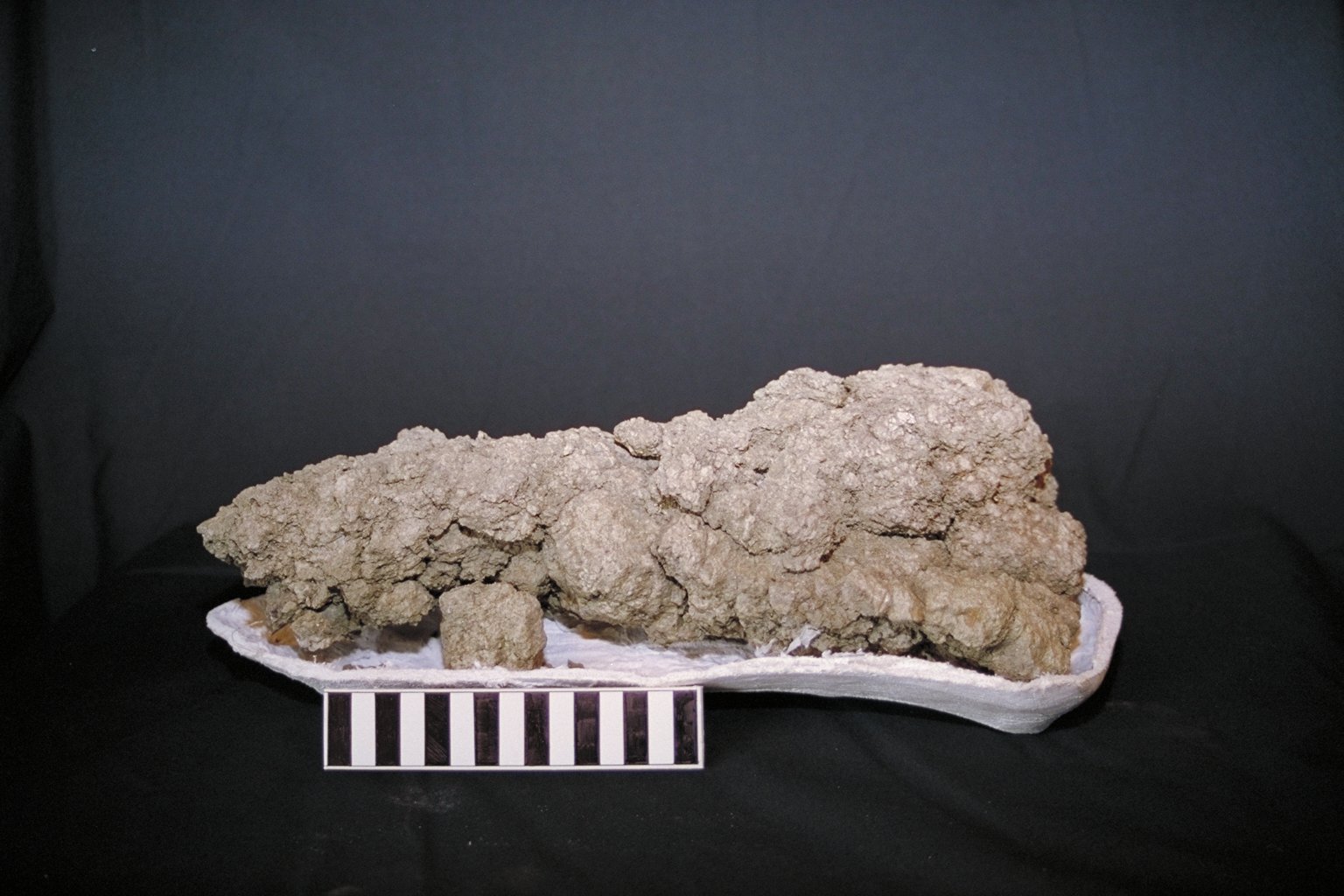
Sometimes the most revealing fossils aren’t bones at all, but ancient poop – called coprolites by scientists. One remarkable specimen from Saskatchewan contains the bones of a small lizard that was eaten by a larger predator 75 million years ago. The lizard bones are perfectly arranged as they would have been in the predator’s digestive system, telling the complete story of an ancient meal. Scientists can determine what the predator ate, how it processed its food, and even what the victim’s last moments were like. This fossilized poop is more informative than many complete skeletons, showing us the prehistoric food web in action. It proves that even the most humble fossils can tell extraordinary stories about ancient life.
Trilobite Molting Caught Forever
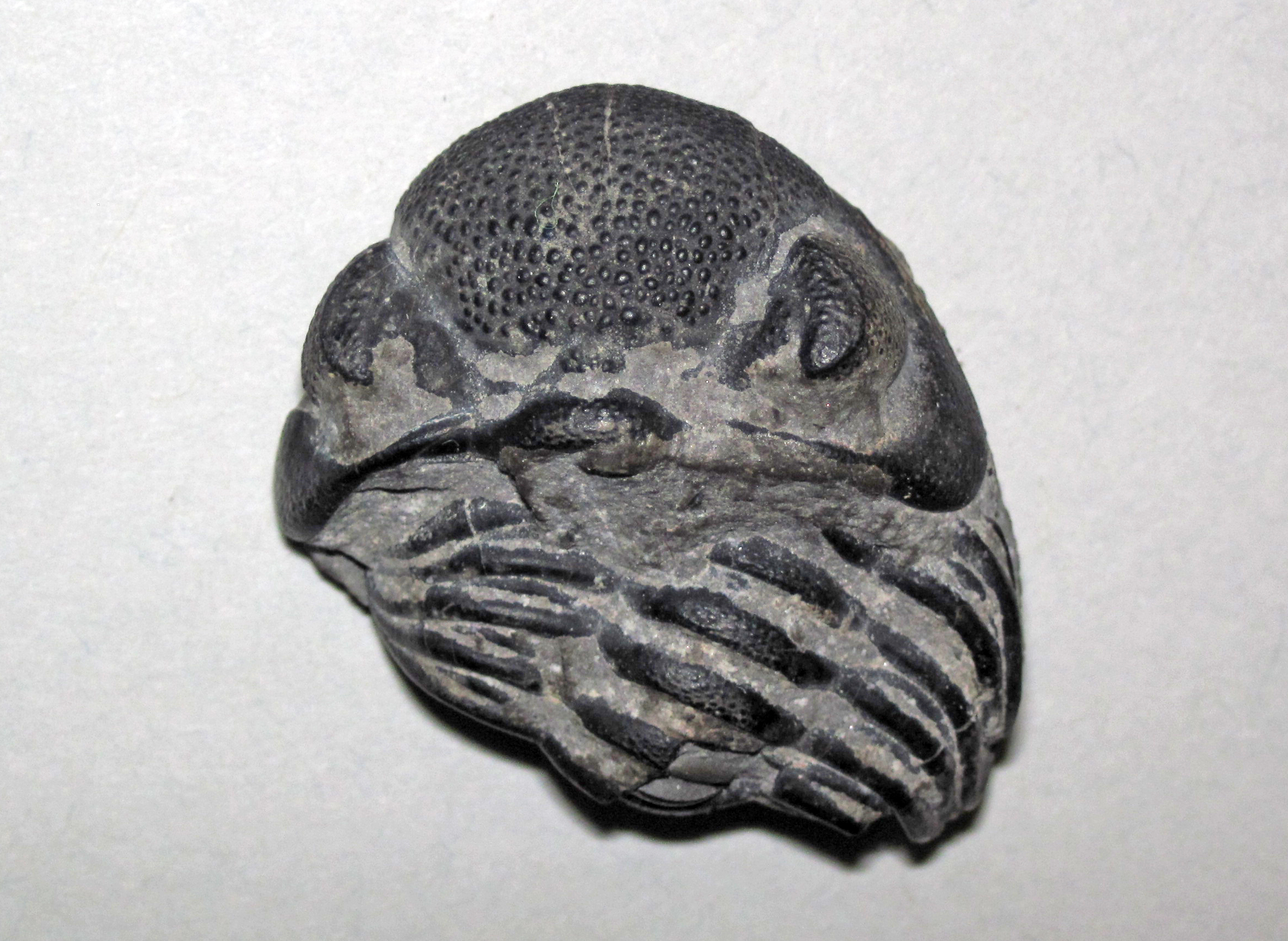
Trilobites were the cockroaches of ancient seas, surviving for nearly 300 million years by being incredibly adaptable. One fossil from Morocco captures a trilobite in the vulnerable act of molting – shedding its old shell to grow a larger one. The creature is preserved halfway out of its old exoskeleton, with its soft body exposed and defenseless. Molting was the most dangerous time in a trilobite’s life, when predators could easily attack the soft-bodied creature. This fossil shows us behavior that lasted for hundreds of millions of years, a survival strategy so successful it’s still used by crabs and lobsters today. It’s like catching someone changing clothes, except this wardrobe change happened in an ancient ocean.
Sauropod Drinking Water
Giant long-necked dinosaurs called sauropods were the largest land animals ever, but one fossil from Argentina captures an intimate moment – a Carnotaurus drinking from an ancient river. The predator’s head is positioned low, with its mouth near what would have been the water’s edge, while its body shows the typical drinking posture of modern large animals. Footprints around the fossil site suggest other dinosaurs used the same watering hole, creating a prehistoric version of an African watering hole scene. The fossil captures a moment of vulnerability when even the mightiest predators had to lower their guard to drink. It reminds us that all life, no matter how fierce, depends on the simple act of drinking water.
Spider Attacking Wasp in Amber
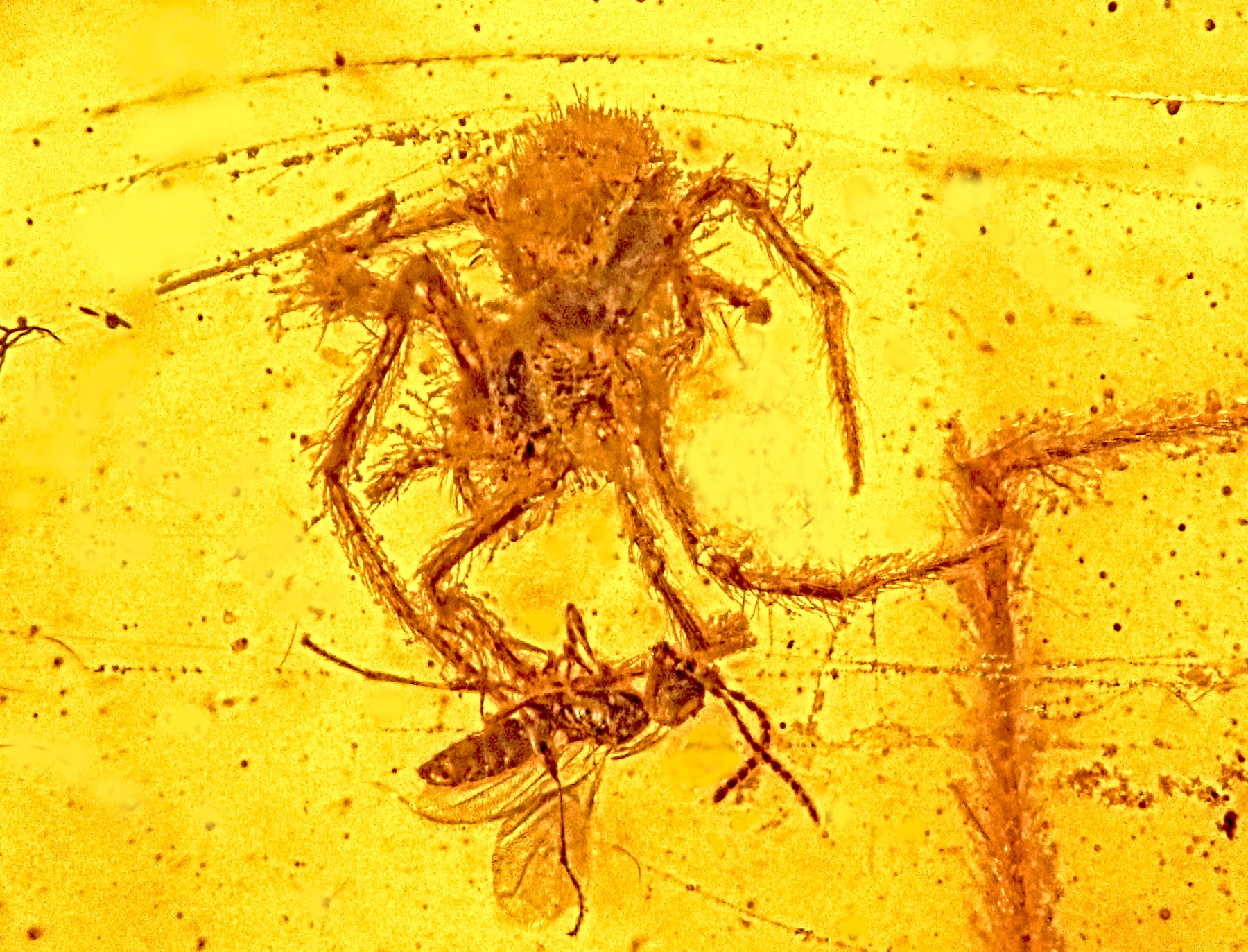
Amber fossils preserve incredible details, but one specimen from Myanmar captures pure drama – a spider attacking a wasp caught in the same sticky tree resin 100 million years ago. The spider’s fangs are positioned to deliver a killing bite, while the wasp’s wings are spread in a final attempt to escape. Both creatures became trapped in the amber at the exact moment of their life-and-death struggle, preserving every detail of their encounter. The fossil shows us that the eternal battle between spiders and wasps has been going on since the Cretaceous period. It’s nature’s violence captured in crystal-clear detail, like a prehistoric crime scene preserved in golden glass.
Mammal Eating Dinosaur

For decades, scientists thought early mammals were tiny creatures that scurried around dinosaur feet, but one fossil from China shattered that assumption completely. Repenomamus, a badger-sized mammal from 130 million years ago, was found with baby dinosaur bones in its stomach. The mammal’s last meal included a young Psittacosaurus, proving that some mammals weren’t just surviving alongside dinosaurs – they were actively hunting them. This discovery revolutionized our understanding of prehistoric ecosystems, showing that mammals played a more important role than previously thought. The fossil captures the moment when a mammal turned the tables on the so-called “age of reptiles.” It’s proof that even in a world dominated by giants, the little guys sometimes won.
The next time you see a fossil in a museum, remember that you’re not just looking at ancient bones – you’re witnessing frozen moments from the greatest drama ever told. These snapshots of prehistoric life reveal that millions of years ago, animals faced the same challenges we see today: finding food, protecting their young, and surviving in a dangerous world. What strikes you most about these ancient stories of survival and struggle?

